The Cultural Significance of Historical Art Movements
Art movements have played a pivotal role in shaping cultural perspectives and artistic expressions throughout history. These movements not only reflect the societal values and identities of their time but also challenge existing norms and push the boundaries of creativity. From the Renaissance to Postmodernism, each art movement has left a lasting impact on the art world and continues to influence contemporary artists in profound ways.
The Renaissance marked a period of rebirth in art, literature, and culture, characterized by a revival of classical motifs, humanism, and scientific exploration. This era laid the foundation for the development of Western art, influencing generations of artists with its emphasis on beauty, proportion, and the celebration of human potential.
Baroque art, with its dramatic use of light and shadow, emotional intensity, and grandeur, reflected the religious and political dynamics of the 17th century. Artists of this movement sought to evoke powerful emotional responses in viewers, creating immersive and awe-inspiring works that continue to captivate audiences to this day.
Impressionism, with its focus on light, color, and fleeting moments, revolutionized painting in the 19th century. By capturing the essence of modern life with loose brushwork and an emphasis on atmosphere, Impressionist artists challenged traditional techniques and paved the way for new forms of artistic expression.
Surrealism emerged in the early 20th century as a provocative art movement that delved into the realms of fantasy, dreams, and the unconscious mind. By juxtaposing unlikely elements and exploring the depths of the human psyche, Surrealist artists pushed the boundaries of reality and created works that continue to intrigue and mystify viewers.
Abstract Expressionism, born out of post-World War II America, emphasized spontaneous, gestural brushwork and emotional intensity. This movement challenged artistic conventions and encouraged individual expression, paving the way for future experimentation and innovation in the art world.
Pop Art celebrated consumer culture, mass media, and everyday objects in the 1950s and 60s. By blurring the boundaries between high and low art, Pop Artists brought a sense of vibrancy and playfulness to the art world, reflecting the influence of popular culture on society and challenging traditional notions of artistic value.
Minimalism, emerging in the 1960s, stripped art down to its essential elements, focusing on simplicity, precision, and the exploration of space. By encouraging viewers to reexamine their perceptions of art and engage with the fundamental building blocks of artistic expression, Minimalist artists created a new language of form and structure.
Postmodernism, a diverse and eclectic movement of the late 20th century, challenged traditional notions of art, truth, and identity. By embracing pastiche, irony, and cultural references, Postmodernist artists deconstructed established norms and opened up new possibilities for artistic exploration, inviting viewers to question the boundaries of creativity and meaning.
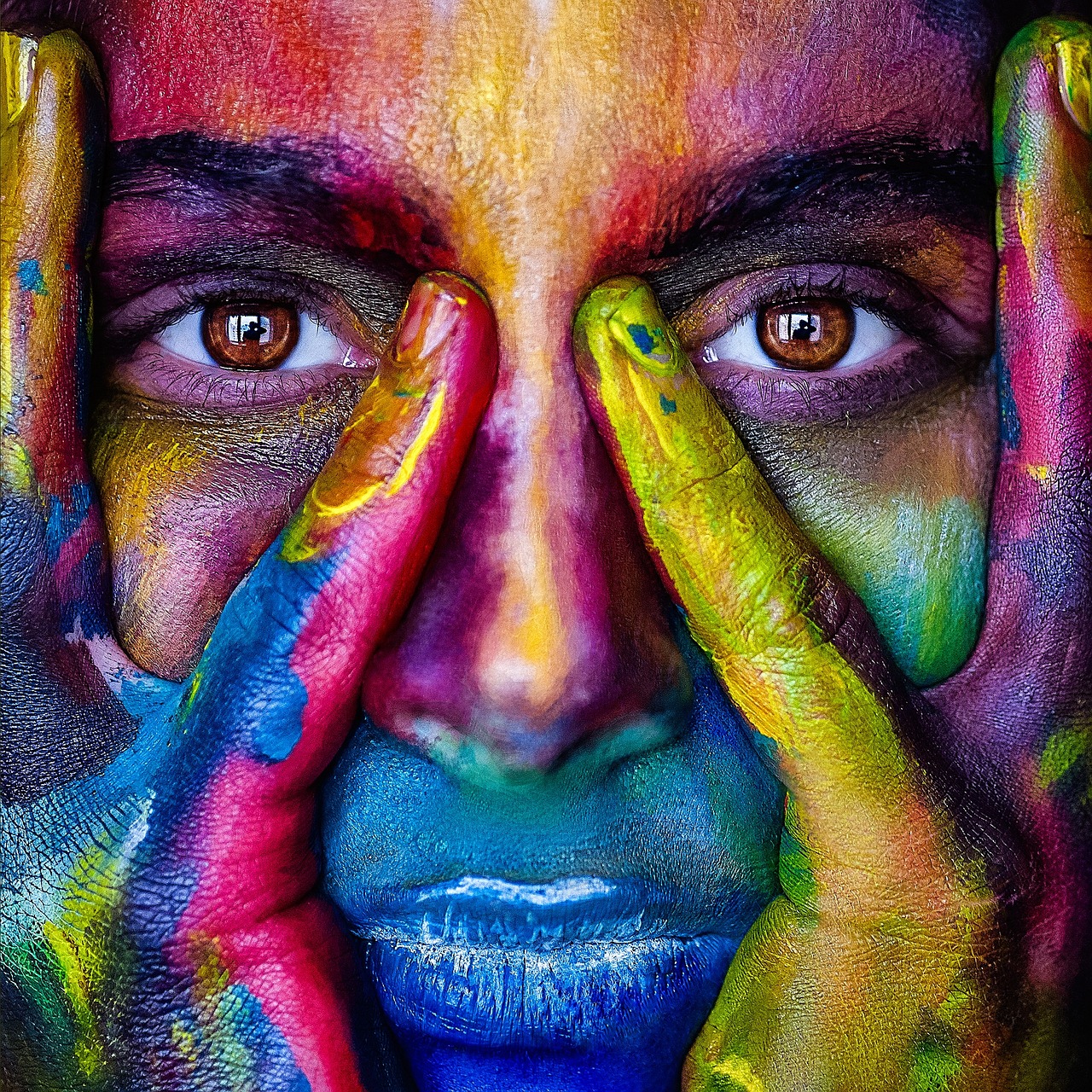
The Renaissance
Exploring the impact of art movements on society, identity, and creativity throughout history, and how they continue to shape cultural perspectives and artistic expressions today.
A period of rebirth in art, literature, and culture, characterized by a revival of classical motifs, humanism, and scientific exploration, influencing the development of Western art for centuries.
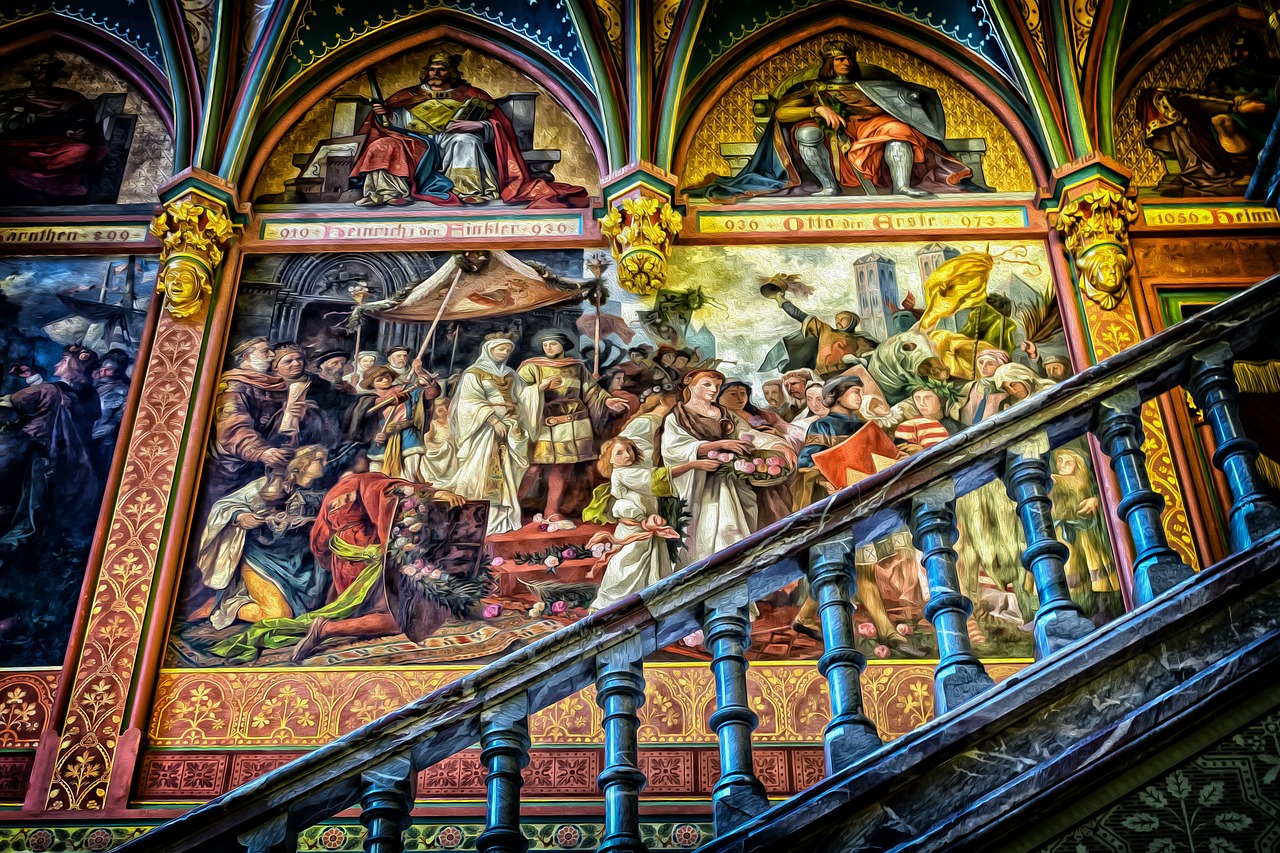
Baroque Art
Baroque art, a style that emerged in the 17th century, is renowned for its dramatic flair and emotional depth. The Baroque period was marked by a grandeur that reflected the religious fervor and political dynamics of the time. Artists of this era, such as Caravaggio and Bernini, skillfully utilized light and shadow to create intense, theatrical compositions that captured the viewer's imagination. The intricate details and rich colors characteristic of Baroque art aimed to evoke powerful emotional responses, often depicting scenes of religious significance or historical narratives with a sense of dynamism and movement.
One of the defining features of Baroque art was its ability to engage the viewer on both an intellectual and emotional level. The use of chiaroscuro, the contrast between light and dark, added depth and dimension to paintings, creating a sense of realism and immediacy. The Baroque style was not only visually striking but also aimed to convey complex themes and narratives through symbolic imagery and expressive gestures. This emphasis on visual storytelling and emotional impact set Baroque art apart from earlier artistic movements, leaving a lasting legacy that influenced European art for centuries to come.
Moreover, Baroque art was closely intertwined with the Counter-Reformation, a period of renewed emphasis on religious faith and devotion within the Catholic Church. Many Baroque artists were commissioned to create works that would inspire piety and awe in viewers, leading to the creation of elaborate altarpieces, monumental frescoes, and ornate sculptures that adorned churches and palaces across Europe. The Baroque aesthetic, with its emphasis on spectacle and theatricality, aimed to transport viewers into a realm of spiritual contemplation and emotional resonance, creating a sense of wonder and reverence.
In conclusion, Baroque art remains a significant chapter in the history of Western art, characterized by its theatricality, emotional intensity, and intricate detail. The legacy of Baroque artists continues to inspire contemporary creators, reminding us of the power of art to evoke profound emotions and engage viewers in a dialogue that transcends time and space.
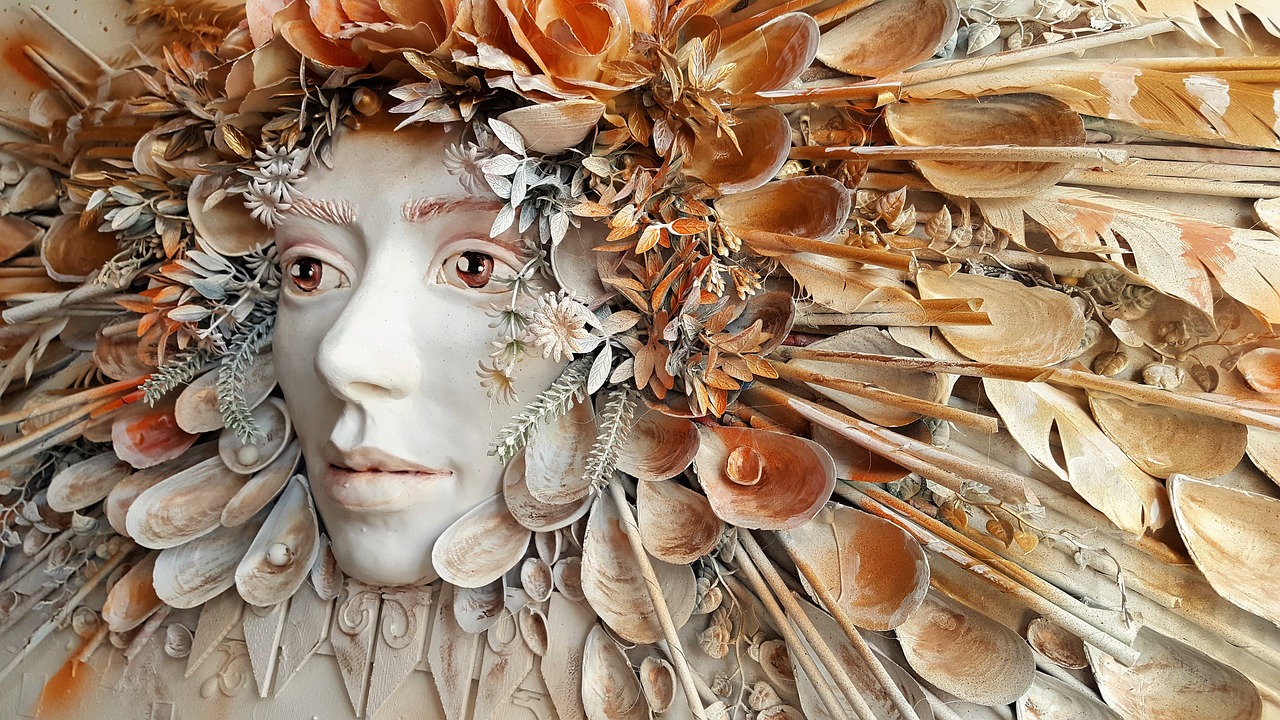
Impressionism
Exploring the impact of art movements on society, identity, and creativity throughout history, and how they continue to shape cultural perspectives and artistic expressions today.
Impressionism, a revolutionary art movement of the 19th century, broke away from traditional techniques to capture the essence of fleeting moments with light and color. Artists like Claude Monet, Edgar Degas, and Pierre-Auguste Renoir embraced the use of visible brushstrokes and emphasized the play of light on different subjects, creating vibrant and atmospheric scenes that reflected the changing world around them.
The Impressionists rejected the strict rules of academic painting, opting instead to paint en plein air, or outdoors, to capture the effects of natural light and atmosphere. This shift in approach brought a sense of immediacy and spontaneity to their works, allowing viewers to experience the beauty and transience of everyday life through their art.
One of the key characteristics of Impressionism was the focus on capturing the momentary impression of a scene, rather than depicting it with meticulous detail. This emphasis on capturing the fleeting effects of light and movement gave rise to paintings that exuded energy and life, inviting viewers to engage with the artwork on a more emotional and sensory level.
Impressionism not only revolutionized painting techniques but also challenged the traditional subjects and themes of art. By depicting scenes of modern life, such as bustling city streets, leisure activities, and nature in various lights and seasons, the Impressionists brought a new perspective to the art world, emphasizing the beauty found in everyday moments and the importance of individual perception.
The legacy of Impressionism continues to influence artists today, inspiring them to explore new ways of representing the world around them and pushing the boundaries of artistic expression. The movement's emphasis on light, color, and capturing fleeting moments remains a powerful source of inspiration for contemporary artists seeking to evoke emotion and sensory experience in their work.

Surrealism
Surrealism, as an art movement, delves into the depths of the unconscious mind, bringing forth a world of dreams, fantasies, and the unexpected. Emerging in the early 20th century, Surrealism challenged conventional artistic norms by exploring the juxtaposition of unlikely elements and creating thought-provoking imagery that transcended reality. Artists such as Salvador Dali and René Magritte embraced the bizarre and the irrational, infusing their works with symbolic meanings and psychological depth.
The essence of Surrealism lies in its ability to evoke emotions and spark imagination through enigmatic compositions that defy logic and reason. By tapping into the realm of the subconscious, Surrealist artists aimed to reveal hidden truths and provoke introspection in viewers. The movement blurred the boundaries between dreams and reality, inviting audiences to question their perceptions and embrace the enigmatic beauty of the surreal.
One of the key techniques employed by Surrealist artists was automatism, a method of creating art without conscious control, allowing the subconscious mind to guide the creative process. This spontaneous approach resulted in artworks filled with unexpected juxtapositions, dream-like imagery, and symbolic motifs that challenged viewers to interpret the hidden meanings behind the seemingly nonsensical compositions.
Surrealism's influence extended beyond the realm of visual arts, inspiring literature, film, and even psychology. The movement's exploration of the unconscious mind and the mysteries of human psyche opened new avenues for creative expression and psychological inquiry, leaving a lasting impact on the cultural landscape of the 20th century and beyond.
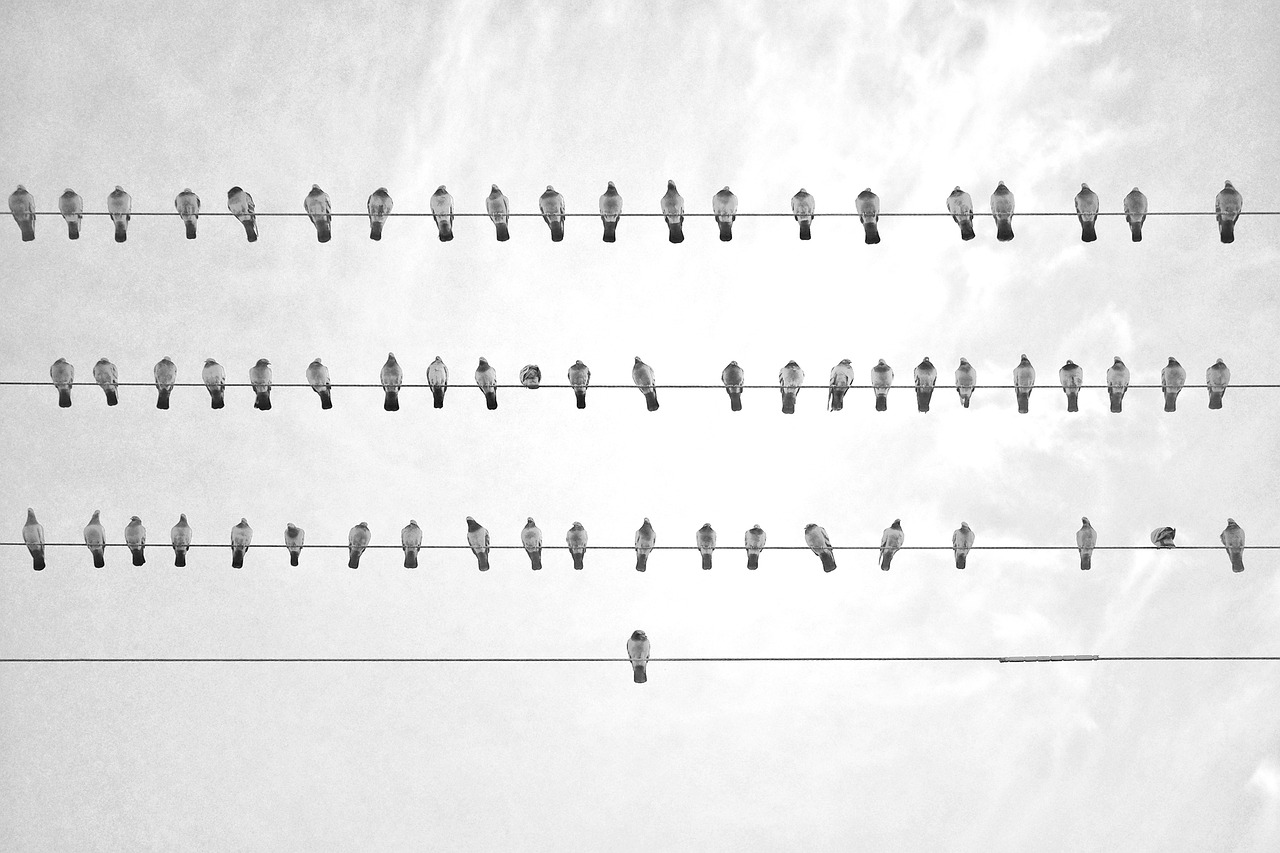
Abstract Expressionism
Abstract Expressionism emerged as a significant art movement in post-World War II America, characterized by its emphasis on spontaneity, gestural brushwork, and emotional intensity. Artists associated with Abstract Expressionism sought to convey their inner thoughts and feelings through their work, moving away from representational forms towards abstract interpretations. This movement challenged traditional artistic conventions, encouraging individual expression and experimentation.
One of the key aspects of Abstract Expressionism was the notion of 'action painting,' where artists would physically engage with the canvas, often using large brushes or even their hands to create dynamic, expressive compositions. This approach emphasized the process of creation as much as the final result, inviting viewers to experience the raw energy and emotion embedded in each artwork.
Abstract Expressionism also played a crucial role in shifting the focus of art from the external world to the internal realm of the artist's psyche. By embracing spontaneity and improvisation, artists like Jackson Pollock, Willem de Kooning, and Mark Rothko pushed the boundaries of traditional painting, paving the way for future generations of artists to explore new forms of expression.
The impact of Abstract Expressionism extended beyond the art world, influencing fields such as literature, music, and even popular culture. The movement's emphasis on individuality and authenticity resonated with a society grappling with the aftermath of war and seeking new avenues for self-expression.
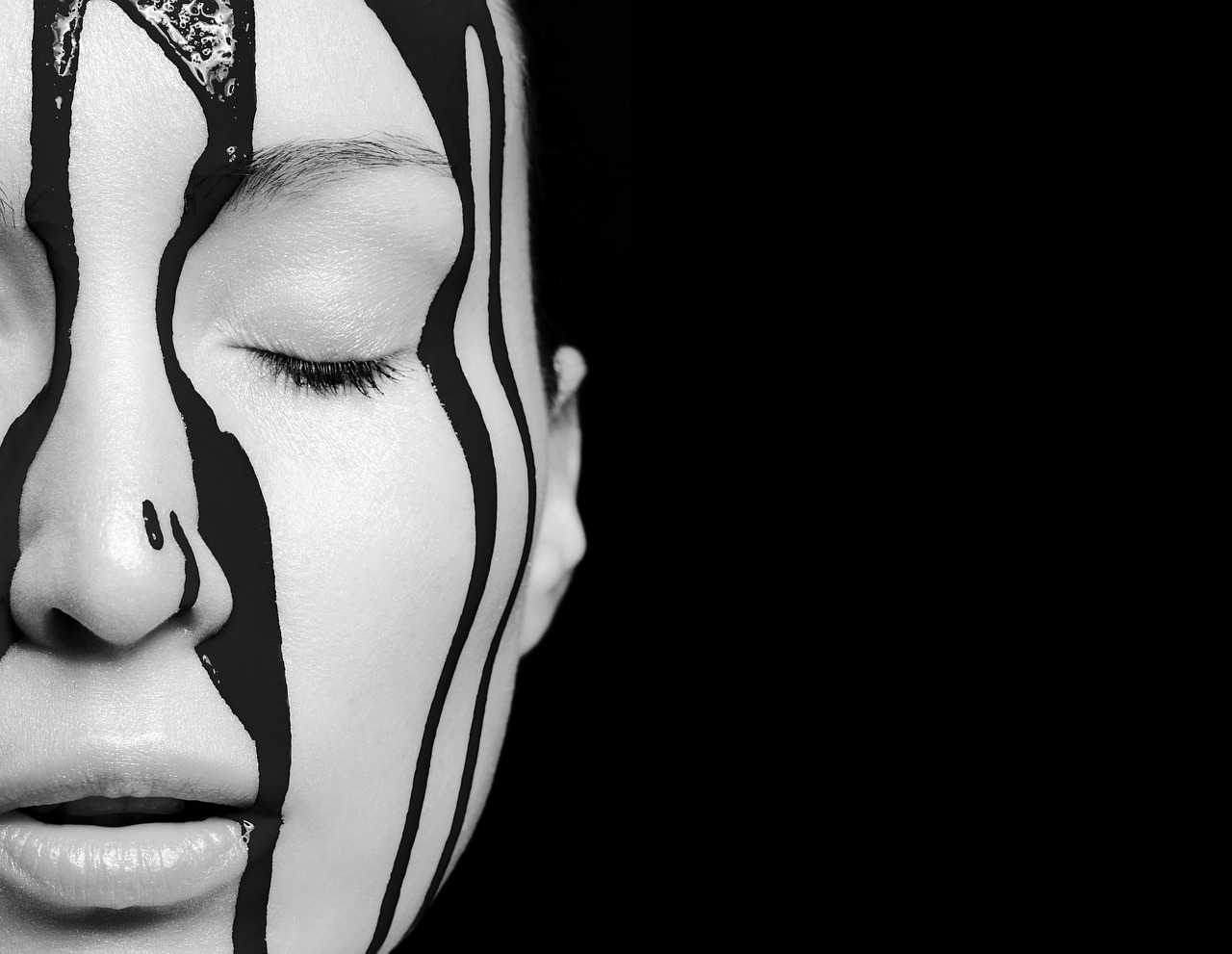
Pop Art
Pop Art, a vibrant and bold art movement that emerged in the 1950s and 60s, celebrated consumer culture, mass media, and everyday objects with a unique twist. Artists of Pop Art blurred the boundaries between high and low art, embracing the influence of popular culture on society in their creations. With its eye-catching colors, bold imagery, and playful approach, Pop Art captivated audiences by reflecting the vibrant energy of the post-war era.
The movement of Pop Art was not just about creating visually appealing pieces; it was a commentary on the societal shift towards consumerism and the saturation of mass media in everyday life. Artists like Andy Warhol, Roy Lichtenstein, and Claes Oldenburg used familiar images from advertising, comic books, and consumer products to challenge the traditional notions of art and elevate the mundane to the extraordinary.
One of the key aspects of Pop Art was its accessibility and democratic nature. By incorporating elements from popular culture into their artworks, Pop artists made art more relatable and approachable to a wider audience, breaking down the elitist barriers that had long surrounded the art world. This inclusivity and connection to the everyday experiences of people helped Pop Art become a cultural phenomenon that continues to influence contemporary art and design.

Minimalism
Minimalism, as an art movement, emerged in the 1960s as a reaction against the complexities and emotional intensity of Abstract Expressionism. It sought to strip art down to its essential elements, focusing on simplicity, precision, and the exploration of space. Minimalist artists aimed to challenge viewers to reexamine their perceptions of art by presenting them with straightforward, pared-down compositions that often featured geometric shapes, monochromatic color schemes, and clean lines.
One of the key principles of Minimalism is the idea of reducing art to its purest form, devoid of any extraneous elements. This approach emphasizes the importance of the viewer's direct experience with the artwork, inviting contemplation and reflection on the fundamental aspects of visual expression. By eliminating superfluous details and focusing on the essence of form and structure, Minimalist artists aimed to create a sense of tranquility and clarity in their work.
Minimalism also challenged traditional notions of artistic expression by shifting the focus from the artist's emotional state to the viewer's perceptual experience. By emphasizing objectivity and precision, Minimalist artworks invite viewers to engage with the work on a purely visual level, encouraging them to explore the relationships between form, space, and light without the distraction of narrative or symbolism.
Overall, Minimalism represents a radical departure from the expressive gestures and subjective content of previous art movements, urging audiences to confront the essential qualities of art in its most distilled and elemental form. Through its emphasis on simplicity, precision, and spatial relationships, Minimalism continues to influence contemporary art practices and challenge conventional ideas about artistic representation and interpretation.
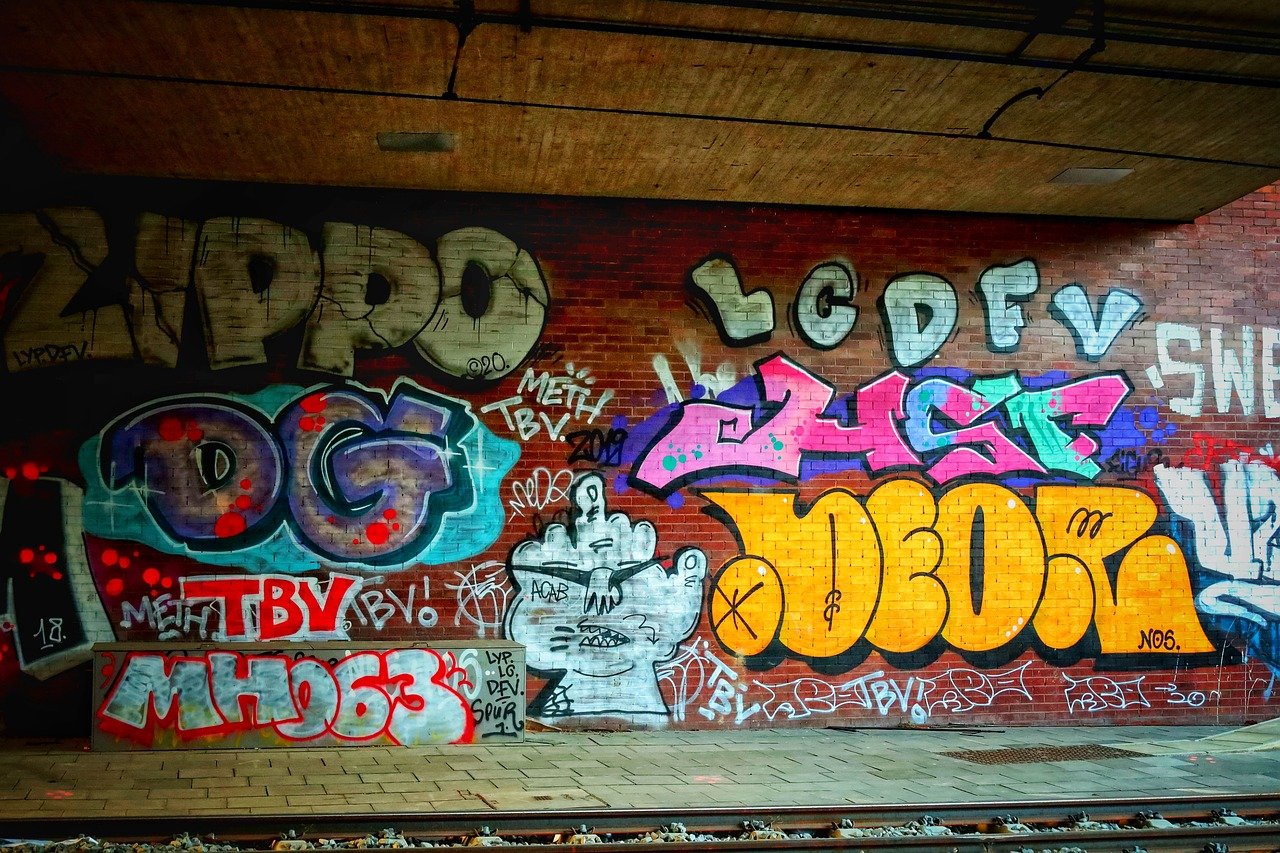
Postmodernism
Exploring the impact of art movements on society, identity, and creativity throughout history, and how they continue to shape cultural perspectives and artistic expressions today.
Postmodernism is a diverse and eclectic movement that emerged in the late 20th century, challenging traditional notions of art, truth, and identity. Embracing pastiche, irony, and cultural references, Postmodernism seeks to deconstruct established norms and explore new artistic possibilities. It blurs the boundaries between high and low culture, often mixing elements from different styles and eras to create unique and thought-provoking works.
Frequently Asked Questions
- What is the significance of historical art movements?
Historical art movements hold immense cultural significance as they reflect the societal, political, and intellectual contexts of their time. They shape artistic expressions, influence creative thinking, and contribute to the evolution of cultural perspectives.
- How did the Renaissance impact Western art?
The Renaissance marked a period of artistic rebirth and innovation, reintroducing classical themes, humanism, and scientific exploration. Its influence on Western art was profound, setting the stage for centuries of artistic development and shaping the course of art history.
- What defines Baroque art?
Baroque art is characterized by its dramatic use of light and shadow, emotional intensity, and grandeur. Reflecting the religious and political dynamics of the 17th century, Baroque art left a lasting impact on European art, embodying the spirit of the era.
- How did Impressionism revolutionize painting?
Impressionism revolutionized painting by focusing on light, color, and capturing fleeting moments. Artists challenged traditional techniques, emphasizing the essence of modern life in their work and paving the way for new artistic approaches.
- What is the essence of Surrealism as an art movement?
Surrealism delves into the realms of the unconscious mind, dreams, and juxtaposition of unlikely elements. Emerging in the early 20th century, it explores fantasy, symbolism, and psychological depths, offering a provocative and imaginative perspective on art.



















